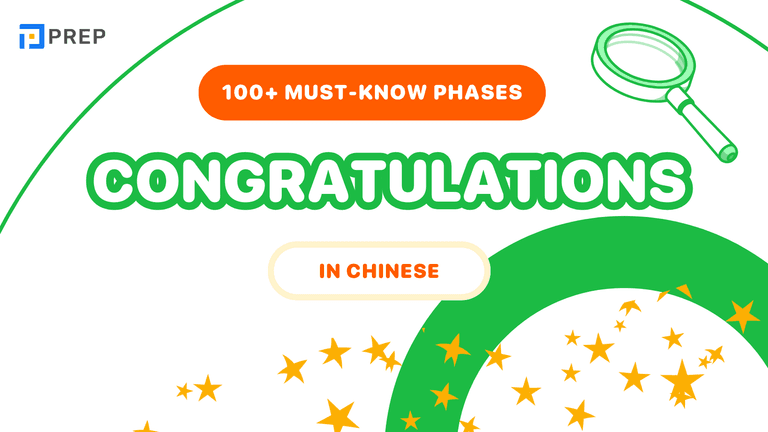Hua Pronunciation in Chinese: Meaning, Tones, and Usage
Understanding hua pronunciation is key for Mandarin learners. This guide explains how to pronounce hua in Pinyin and IPA, explore tone variations like huā, huá, and huà, and apply examples in common words. You’ll also learn frequent mistakes and practice tips for exams like HSK.
I. What Does “Hua” Mean in Chinese?
"Hua" stands as one of the most frequently encountered syllables in Chinese, appearing across numerous essential vocabulary words that every learner encounters from beginner to advanced levels. This versatile sound forms the foundation of countless expressions used in daily communication.
Common "Hua" Vocabulary Words
The syllable "hua" appears in several fundamental Chinese words, each with distinct meanings determined by tone and character:
- 花 (huā) — flower, blossom
- 话 (huà) — speech, words, language
- 华 (huá) — China, Chinese, magnificent
- 化 (huà) — to transform, change, -ize
Meaning Changes with Tones and Characters
The fascinating aspect of "hua" lies in how dramatically its meaning shifts based on tonal pronunciation and written character. A single mispronounced tone can completely alter your intended message—saying 花 (huā - flower) instead of 话 (huà - speech) creates confusion in conversation.
These variations extend into compound words where "hua" takes on specialized meanings:
- 花园 (huāyuán) — garden
- 说话 (shuōhuà) — to speak
- 文化 (wénhuà) — culture
- 变化 (biànhuà) — change, transformation
HSK Level Distribution (HSK 1-4)
Understanding "hua" pronunciation becomes increasingly important as you progress through HSK levels:
- HSK 1: 花 (flower) — basic vocabulary recognition
- HSK 2: 说话 (to speak) — essential communication verbs
- HSK 3: 文化 (culture), 变化 (change) — abstract concepts
- HSK 4: 华人 (Chinese people), 中华 (China) — cultural identity terms
This progression demonstrates why mastering "hua" pronunciation early in your Chinese learning journey pays dividends across all proficiency levels.
II. How to Break Down the Hua Pronunciation in Pinyin
Understanding the phonetic structure of "hua" requires breaking down this complex sound into its component parts and mastering the precise mouth positioning that creates authentic Chinese pronunciation.
Pinyin Structure: hua [xwa]
The pinyin "hua" represents a sophisticated sound combination:
- IPA notation: [xwa]
- Sound components: Aspirated /h/ + glide /w/ + vowel /a/
- Articulation: Voiceless fricative initial followed by a diphthong glide
The initial "h" sound differs from English—it's produced with more breath and tongue positioning closer to the soft palate, creating the characteristic Chinese aspirated quality.
Pronunciation Steps
- "h" sound: Tongue back, release breath flow
- "u" glide: Round lips slightly, tongue moves forward
- "a" vowel: Open mouth, tongue drops to center
Tone Variations
- huā (花 – flower): High, flat tone
- huá (华 – China): Rising tone like a question
- huà (话 – speech): Sharp falling tone
Common Examples
- 花园 (huāyuán – garden)
- 说话 (shuōhuà – to speak)
- 文化 (wénhuà – culture)
|
|
|
|
III. Common Mistakes in Hua Pronunciation
Even advanced Chinese learners struggle with "hua" pronunciation due to its complex sound structure and multiple tone variations. Understanding these common errors helps you identify and correct pronunciation issues that can hinder clear communication.
Mistake 1: Weak or Missing "h" Sound
- Many learners pronounce the initial "h" too softly, making it barely audible or completely absent. This transforms "hua" into "wa," which doesn't exist as a standalone syllable in Mandarin Chinese.
- Correct approach: Release significant breath when producing the "h" sound—it should be clearly audible and create noticeable airflow.
Mistake 2: Dropping the "u" Glide
- Another frequent error involves skipping the "u" glide transition, turning "hua" into "ha." This eliminates the essential diphthong quality that distinguishes this syllable.
- Correct approach: Maintain the rounded lip position during the glide transition, ensuring smooth movement from "h" through "u" to "a."
Mistake 3: Tone Confusion
The most problematic error involves mixing up tone patterns, especially confusing:
- huā (花 - flower) with huà (话 - speech)
- huá (华 - China) with other tone variations
This creates embarrassing misunderstandings in conversation when discussing flowers versus talking about speech.
Correction Methods
- Listen and Imitate: Use high-quality native speaker audio recordings, playing each tone variation multiple times before attempting to reproduce the sounds.
- Record Yourself: Use your phone to record your pronunciation attempts, then compare directly with native speaker models to identify specific errors.
- Pinyin Flashcards: Create flashcards combining pinyin, Chinese characters, and audio clips to reinforce correct tone-character associations through visual and auditory learning.
- Progressive Practice: Start with isolated syllables, then advance to compound words like 说话 (shuōhuà) and 文化 (wénhuà) once you've mastered individual tones.
Mastering the pronunciation of hua may seem tricky at first, but it lays the foundation for clearer speaking, stronger listening skills, and more accurate understanding of Mandarin. From 花 (huā – flower) to 话 (huà – speech) and 文化 (wénhuà – culture), this single sound connects to many essential words you’ll use in daily life and exams like the HSK.
Keep building your Mandarin skills with PREP’s structured pronunciation guides, vocabulary tools, and practice drills—designed to help you master Chinese one syllable, one tone, and one confident conversation at a time.

Hi I'm Chloe, and I am currently serving as an Product Content Administrator at Prep Education. With over five years of experience in independent online IELTS study and exam preparation, I am confident in my ability to support learners in achieving their highest possible scores.
Comment
Premium content
View allPersonalized roadmap
Most read












